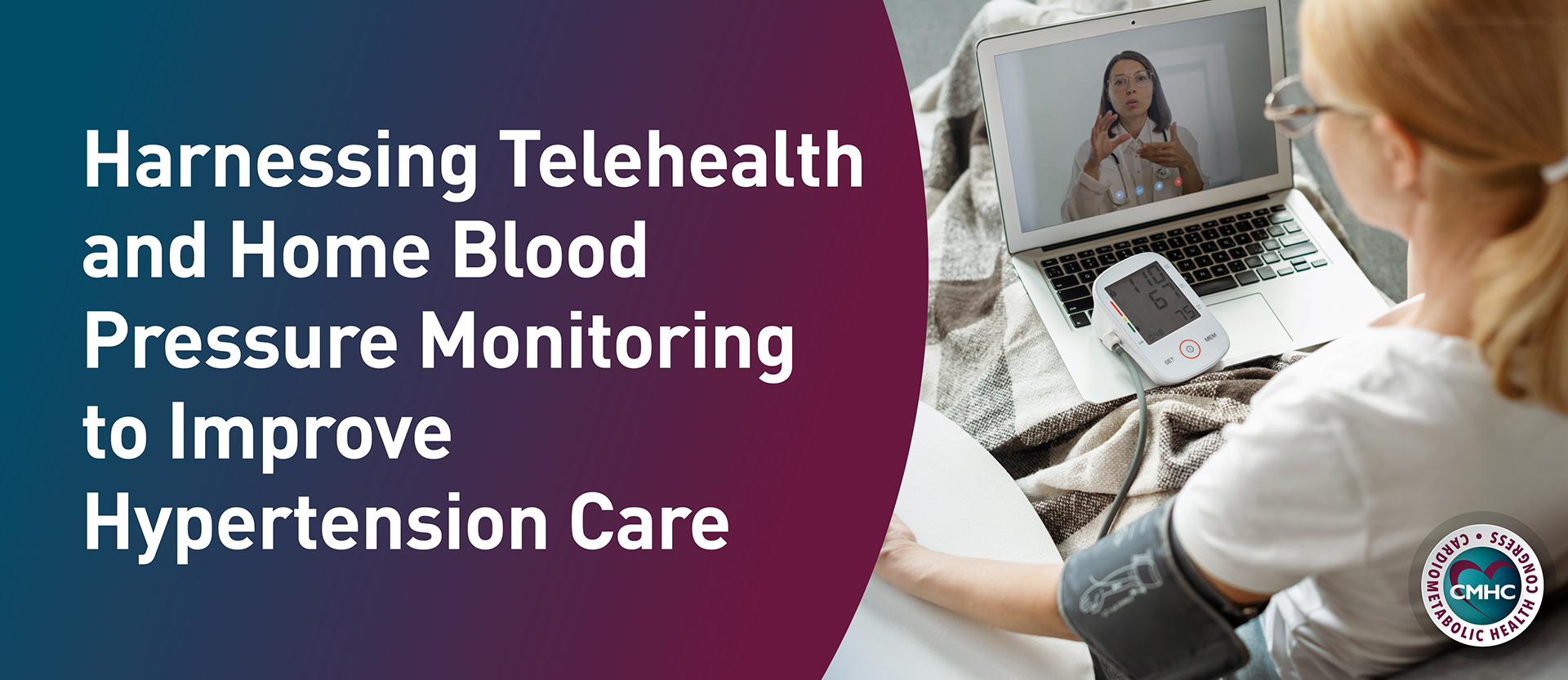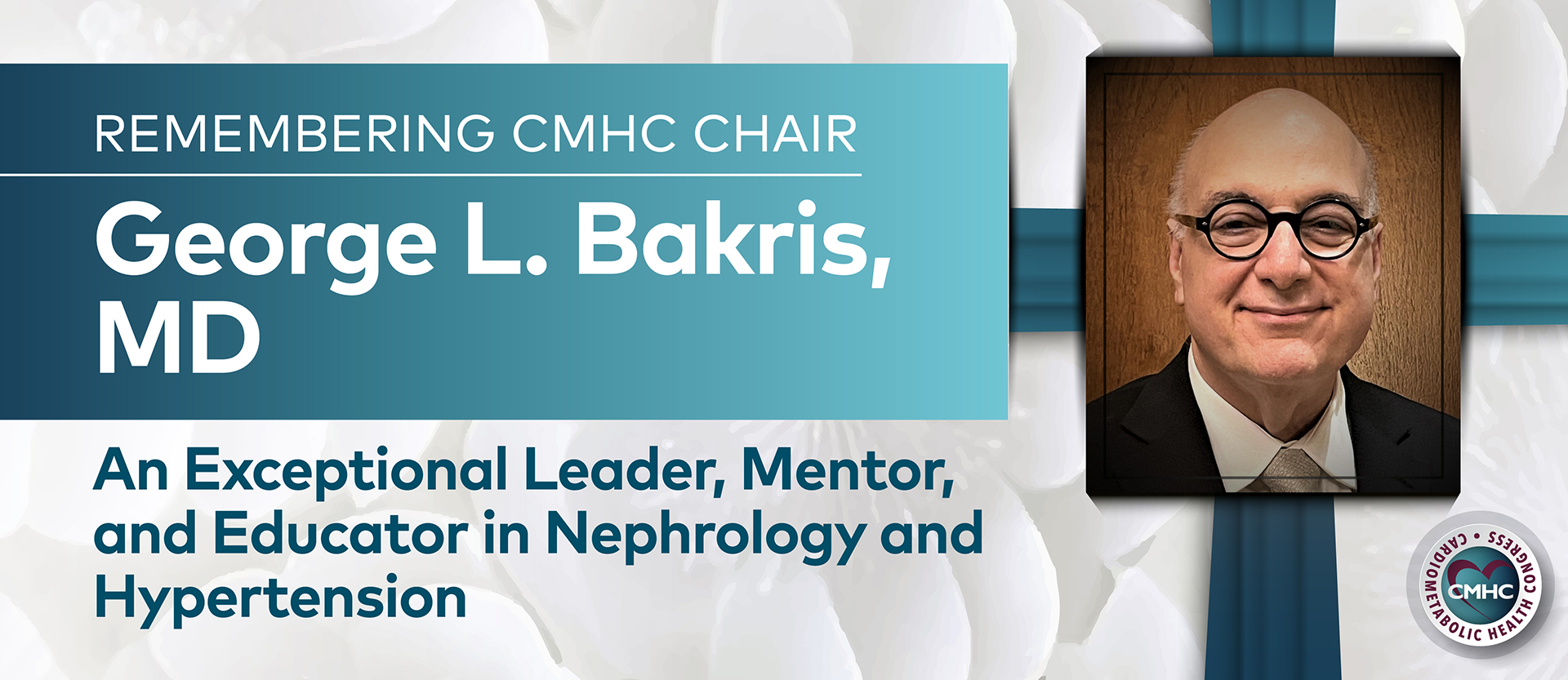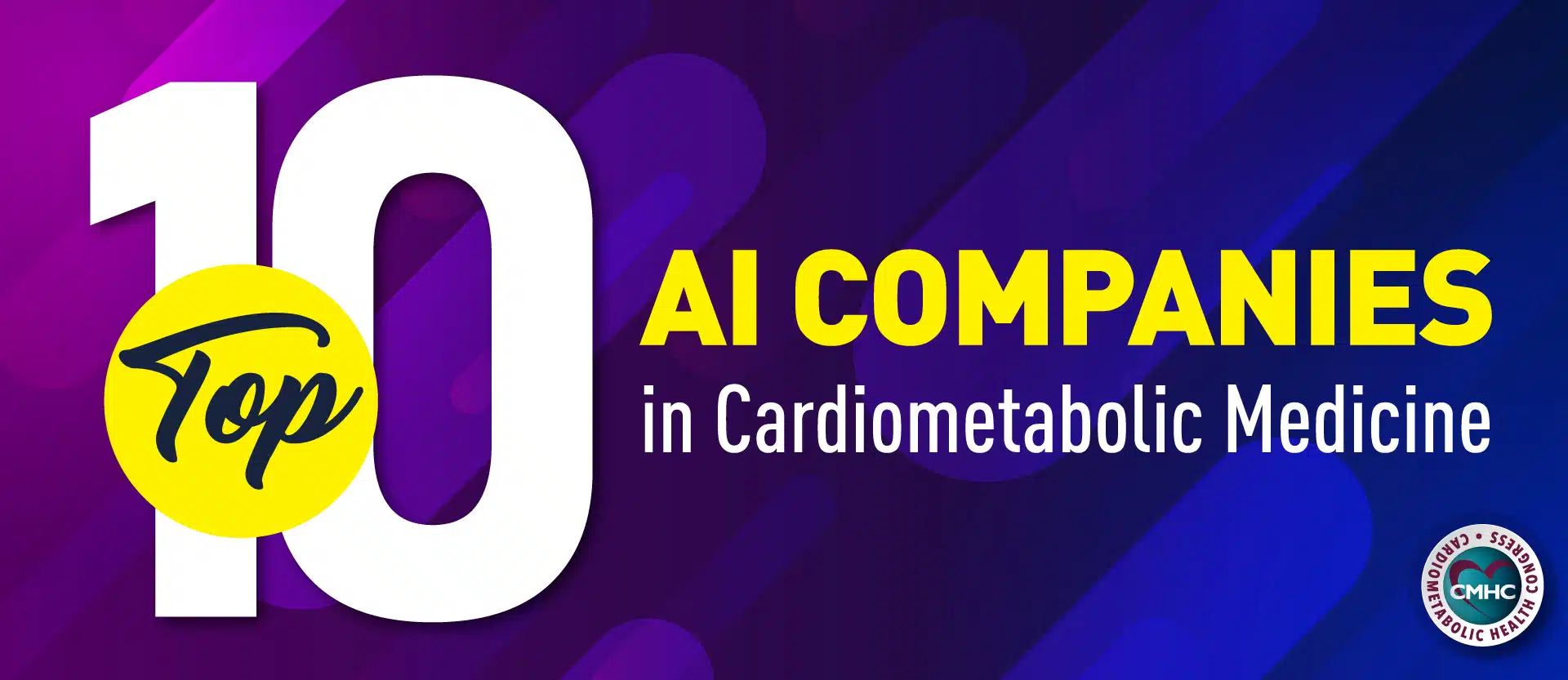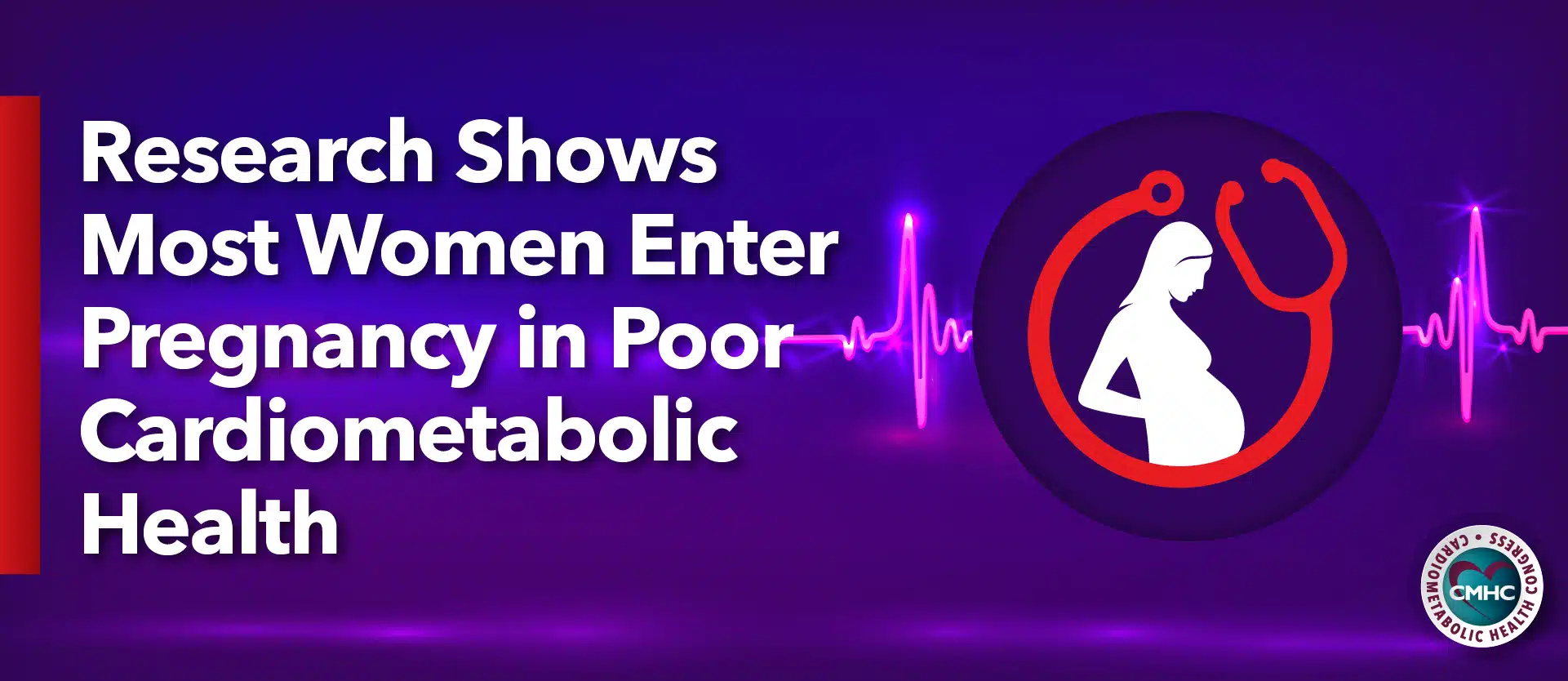Hypertension is a condition that requires continuous monitoring, making it an ideal candidate for telehealth and digital health innovations. In this post, Daichi Shimbo, MD, a preventive cardiologist and professor of medicine at Columbia University Irving Medical Center, and Francoise Marvel, MD, assistant professor of medicine in the Division of Cardiology and core faculty of the Ciccarone Advanced Lipid Disorders Program at Johns Hopkins, share their expertise on how telehealth can improve hypertension management and patient outcomes.
Why Telehealth is Essential for Hypertension
For patients with hypertension, managing blood pressure outside of the office is crucial. As Dr. Shimbo points out, a brief 5-10-minute doctor’s visit may not give an accurate reflection of a patient’s blood pressure in the real world. That’s why home-based blood pressure monitoring has become a vital tool.
Home monitoring, combined with telemonitoring, allows patients to send their blood pressure readings directly to their healthcare providers, giving a clearer picture of their health. The pandemic has accelerated the adoption of this approach, and now many hypertension centers rely on home blood pressure monitoring to track patients’ progress in real time.
Addressing the Barriers to Home Blood Pressure Monitoring
While the benefits of home blood pressure monitoring are clear, it’s essential to recognize the barriers that patients face. Dr. Marvel emphasizes the importance of technology literacy—especially for older patients. A 45-year-old may find it easier to use an app-based monitoring system than a 70 or 80-year-old, so it’s critical to provide onboarding, orientation, and tech support for patients of all ages.
Key Actions for Healthcare Providers:
Offer comprehensive training and tech support to ensure patients feel comfortable using monitoring devices.
Tailor the onboarding process based on the patient’s age, tech literacy, and health literacy levels.
Ensure patients know how to share their readings with their healthcare provider and understand what the data means for their health.
The Importance of Integration with Electronic Health Records (EHR)
One ongoing challenge in digital health is integrating home monitoring data into electronic health records (EHR) like Epic. As Dr. Marvel notes, many providers struggle with managing third-party systems for telemonitoring when they would prefer a seamless integration within their existing EHR system. Although cloud technologies like Amazon Web Services (AWS) are widely used, the industry has yet to fully resolve the integration issues.
What You Can Do:
Advocate for better integration of telehealth data with your EHR system to avoid using multiple platforms.
Collaborate with IT teams to streamline the process of transferring patient data into the system you use regularly.
The Value of Video Visits in Modern Healthcare
Video visits have become a cornerstone of healthcare delivery, especially during the pandemic. Virtual visits provide a convenient alternative for patients who may face barriers such as transportation, work commitments, or caregiving duties. As Dr. Shimbo highlights, virtual visits allow healthcare providers to meet patients where they are, making healthcare more accessible.
From a clinician’s perspective, video visits are practical. Many providers, including Dr. Shimbo, have adopted a hybrid model, where they alternate between in-person and virtual appointments throughout the day.
Who Should Use Video Visits?
While video visits are a useful tool for managing chronic conditions like hypertension, it’s important to recognize their limitations. Some patients may require a more thorough in-person physical examination. For instance, while visual signs of high cholesterol can sometimes be detected through a camera, more acute cases may still necessitate an in-person visit.
Takeaways for Clinicians:
Identify which patients can be adequately managed through virtual visits and which require in-person care.
Use video visits to minimize barriers and meet the needs of patients with chronic conditions.
Final Thoughts: Making Digital Health Accessible for All
The future of hypertension care lies in scaling digital health solutions like home-based blood pressure monitoring and video visits. As healthcare professionals, it’s our responsibility to ensure that these tools are accessible, integrated, and tailored to meet the needs of each patient. Whether it’s providing tech support, advocating for EHR integration, or offering video visits, we can leverage these advancements to improve patient outcomes.
By adopting a comprehensive, patient-centered approach to telehealth, we can continue to advance hypertension care in meaningful ways. Subscribe below for the latest cardiorenal metabolic news, research, and innovations to advance your career and practice!








